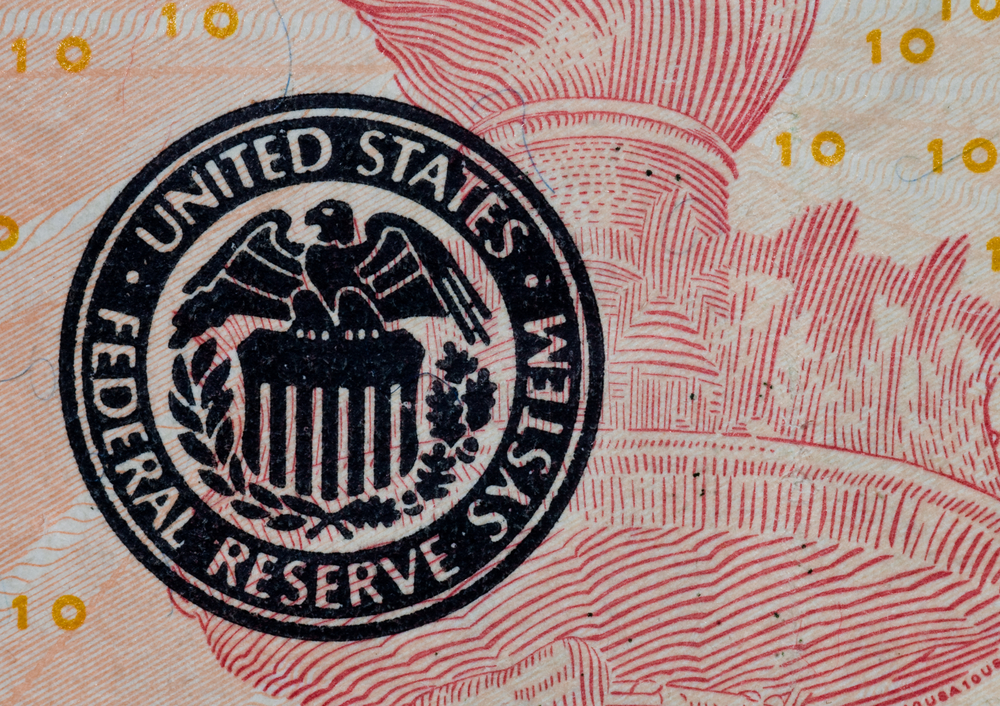Dovish or Maybe Just Less Hawkish

Please note that we are not authorised to provide any investment advice. The content on this page is for information purposes only.
A few short hours stand in the way of the long holiday weekend for many. The capital markets are retracing the recent moves. This means equities and commodities are lower. It means bonds are firmer and the dollar stronger.
The markets response to the ECB and FOMC recent meetings was to extend trend moves. However, this entire week has been the counter. The foreign exchange market illustrates this point.
A few short hours stand in the way of the long holiday weekend for many. The capital markets are retracing the recent moves. This means equities and commodities are lower. It means bonds are firmer and the dollar stronger.
The markets response to the ECB and FOMC recent meetings was to extend trend moves. However, this entire week has been the counter. The foreign exchange market illustrates this point.
The euro is recording a lower high for the first consecutive session and a lower low for the fourth. The dollar’s performance against the yen is identical. Sterling has given up all the gains since the FOMC meeting.
The US dollar has risen through a downtrend line in the Canadian dollar. We have been anticipating the greenback to bottom, and it has been tricky. However, with the trend line being violated, it looks like the recent CAD1.2925 may indeed be the low. Potential now is toward CAD1.34.
The Australian dollar finished last week on its lows, encouraging ideas that a top was in place. It was approached yesterday before the sharp decline, leaving an outside down day in its wake. Follow through selling has seen the Aussie’s losses extended this week to two cents from last Friday’s high. The low from the March 16 when the FOMC met was near $.07415.
We suspect there are two things taking place. First, a technical correction and position squaring ahead one of the longest stretches of the year that markets are closed in many European centers. Second, there are two important macro developments in recent days: Fed talk and Brexit angst.
Some portray Fed talk as some kind of mutiny. This is not a particularly helpful claim. The FOMC meeting was a week ago, and there was only one dissent for a hike. Given the lack of much data since the FOMC meeting, one must assume that the Fed Presidents did not change their views. Yellen herself noted that the April meeting was live.
The market’s knee-jerk reaction to reduce the risk of a June hike seemed to reflect a misreading of the Federal Reserve. Too many analysts and reporters characterized the FOMC as dovish. Why? Primarily because the median dot plot pointed to two hikes rather than four, which the market never believed in the first place. We can agree the Fed was less hawkish, but to say that two hikes this year is dovish requires an excruciating parsing of words suitable for a solicitor or politician.
Our discussions suggest that some Fed officials have taken seriously claims that its credibility has been compromised. It is understood primarily as a communications challenge. The Fed, so the criticism goes, has overpromised and under delivered. The way to fix it is to underpromise and over deliver. A strong employment report and strong auto sales next week could fan ideas that an April rate hike may not be such a far-fetched idea after all.
The most important economic data today has been the UK February retail sales report. The 0.4% decline in the headline was nearly half of the 0.7% decline the consensus expected. It is a small payback for the 2.3% gain in January. ONS said consumers postponed clothing and footwear purchases due to weather. Retail sales are up 3.8% year-over. The retail deflator, which includes petrol stations, fell 2.5% year-over-year. Retails have cut prices for 20 months. Sterling has slipped to session lows, a little below $1.4060 before the report. If nothing else, the downside momentum eased.
The New Zealand dollar’s losses have been extended even though the February trade surplus was larger than expected (NZ$339 mln vs. NZ$90 mln Bloomberg consensus). The larger surplus was a function of rising exports while imports were nearly flat. The rolling 12-month deficit fell to NZ$3.32 bln from NZ$3.58 bln and a peak of NZ$3.7 bln last November.
The US reports weekly jobless claims, durable goods orders, Markit Services PMI, and Kansas Fed manufacturing survey. Tomorrow the US reports a revised estimate of Q4 GDP (risk is on the downside of the 1.0% recent estimate), but importantly it will also provide its first estimate of corporate profits. The second quarter of slower profits is expected, largely due to a corporate legal settlement (over past oil spill) and the energy sector. However, poor productivity, rising labor costs, and limited pricing power underscore the concern that the margin squeeze may dampen hiring and investment decisions.
Dollar Continues To Recoup Recent Losses is republished with permission from Marc to Market




